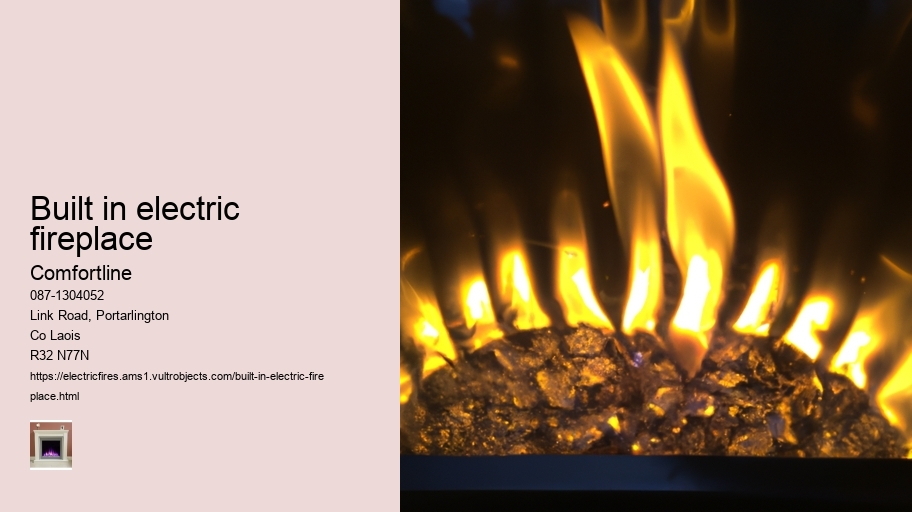

Among the most notable benefits of modern electric fires is their ability to provide immediate warmth and captivating flame effects with a simple touch. This characteristic is especially advantageous for individuals looking for instant coziness and atmosphere without the delay linked to traditional fireplaces.
Determining the appropriate heating capacity for an electric fire is crucial to make sure it effectively warms the intended room size. The heating capacity of an electric fire is usually measured in kilowatts (kW), and selecting the right one depends on the size of the room you wish to heat.
Additionally, consider the electric fire's placement within the room. Central and unobstructed locations facilitate better heat distribution. Models like those offered by Gazco, Evonic, and Dimplex provide a variety of options to match different room sizes and heating needs, ensuring top performance and comfort.
Safety is paramount in electric fireplaces. Many models, including the Amber Glow and Vivente VVT ranges, feature built-in safety mechanisms such as overheat protection and programmable timers. These features prevent accidental fires and ensure the heater operates only when needed. Additionally, SCHOTT glass used in brands like Evonic and Gazco enhances flame clarity while remaining cool to the touch, reducing burn risks.
Electric fires can be set up in various arrangements, including one, two, or three-sided designs, making them adaptable to different interior layouts. The use of premium SCHOTT glass in many models guarantees improved flame clarity, contributing to the overall visual appeal. With these features, electric fires provide an unmatched combination of immediate warmth and stunning flame effects.
Dimplex Optiflame fires do come with a warranty, ensuring peace of mind and reliability for users.
Yes, electric fires do provide heat. Here are some key points regarding the heating capabilities of electric fires:
Electric fires use a heating element, usually a coil or ceramic heater, to produce heat. This element heats up when electricity passes through it, and the heat is then dispersed into the room, typically with the aid of a fan.
The heat output of electric fires can vary, but many models are capable of providing between 1 kW to 2 kW of heat, which is sufficient to warm a small to medium-sized room. Some advanced models may offer higher heat outputs.
Many electric fires come with adjustable heat settings, allowing you to control the amount of heat they produce. This feature provides flexibility to maintain a comfortable temperature in the room.
Electric fires are generally used as supplemental heating sources. They can effectively add warmth to specific areas of a home, but they may not be suitable as the primary heating source for large spaces or entire homes.
Electric fires are highly efficient because they convert nearly all the electricity they use into heat. However, the cost of operating an electric fire will depend on local electricity rates.
Many electric fires offer a flame-only mode, which allows you to enjoy the visual effect of a fire without producing heat. This can be useful for ambiance during warmer months.
Modern electric fires often include safety features such as automatic shut-off when overheating, cool-to-touch surfaces, and safety cut-off switches, making them a safe option for heating.
Overall, electric fires are a practical and convenient way to provide additional heat and create a cozy atmosphere in your home.
No, an electric fire does not need a flue. Here are the reasons why:
Electric fires do not burn fuel to generate heat. Instead, they use electric heating elements to produce warmth. Since there is no combustion process, there are no combustion gases or byproducts such as smoke or carbon monoxide that need to be vented out through a flue or chimney.
Because electric fires do not require a flue, they offer greater flexibility in terms of placement within a room or home. They can be installed on almost any wall, freestanding, or even recessed without the need for extensive ductwork or ventilation systems.
The absence of a flue reduces potential hazards associated with traditional fireplaces, such as chimney fires, carbon monoxide leaks, and the buildup of creosote. Electric fires are safer to operate and maintain.
Without a flue, electric fires require minimal maintenance compared to wood-burning or gas fireplaces, which need regular cleaning and inspection of the flue or chimney to ensure safe operation.
Electric fires are very efficient, as all the electricity used is converted directly into heat for the room. There is no heat loss through a flue, which can happen with traditional fireplaces.
The installation cost for electric fires is generally lower than for gas or wood-burning fireplaces, as there is no need for flue installation, chimney construction, or extensive remodeling.
In summary, the lack of a flue requirement makes electric fires a convenient, flexible, and safe option for providing additional heat and ambiance in a home.

Electric fires are generally designed for indoor use and may not be suitable for outdoor environments due to exposure to elements such as rain, wind, and temperature fluctuations. However, some specialized models may be appropriate for covered outdoor spaces or patios, provided they are specifically rated for such use.
These electric fires offer the aesthetic appeal of traditional fireplaces without the need for actual combustion, making them safer and more convenient for modern homes.
Modern electric fires come equipped with various control options that enhance user convenience and accessibility. Most models, like those from Gazco and Dimplex, offer remote control operations, allowing users to adjust heat settings, flame intensity, and lighting from the comfort of their seats.
Having covered the installation requirements, we now turn our attention to the control and accessibility features of electric fires.
Furthermore, the installation style—whether inset, wall-mounted, or freestanding—plays a significant role in determining the appropriate size. Each option provides different benefits in terms of space usage and visual appeal, making thoughtful consideration necessary for achieving the desired outcome in your living area.
Factors Affecting Room Heating
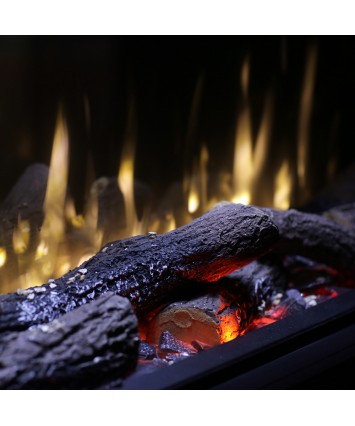
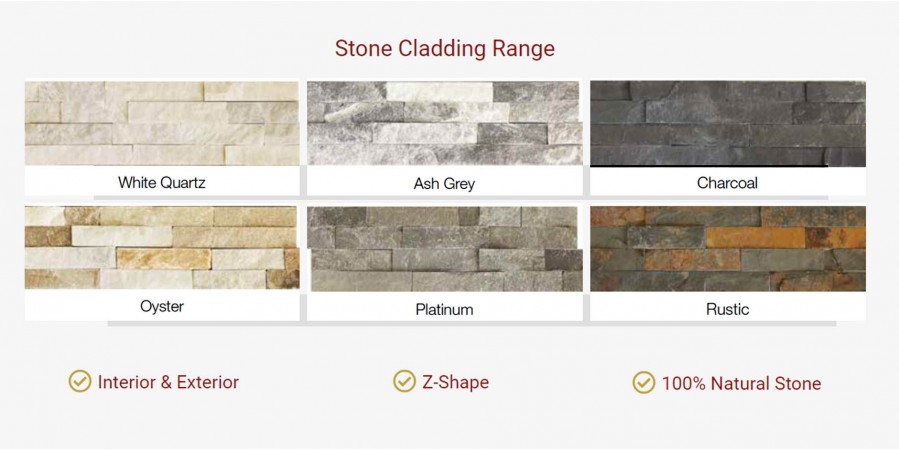
Calculating the appropriate kW involves evaluating the room's dimensions and insulation quality. A well-insulated room will retain heat more effectively, potentially reducing the needed kW. Conversely, poorly insulated spaces may require higher kW ratings to maintain a comfortable temperature. Additionally, consider the desired heating intensity and frequency of use, as these factors can impact the best kW rating.
Furthermore, electric fires provide immediate heat at the touch of a button, eliminating the need to procure and store firewood or gas. This convenience extends to maintenance; electric models do not produce soot or ash, reducing cleaning efforts to a considerable degree. Advanced features such as remote control, smartphone app integration, and programmable timers add layers of convenience and energy efficiency that traditional methods cannot match.
They are ideal for patios, terraces, and other open areas, offering sufficient warmth to make these spaces comfortable even in cooler weather.
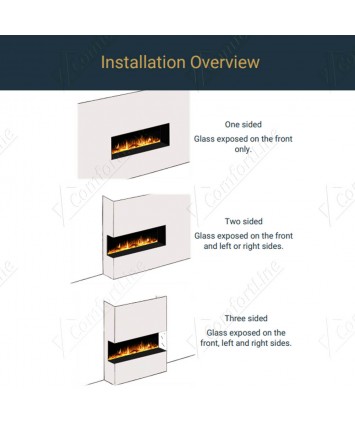
Understanding Electric Fires
Additionally, electric fires typically come with advanced safety features such as thermal cut-out mechanisms, which automatically switch off the unit in case of overheating. Models like the Ellere EL100R and EL150R are Energy Related Products (ERP) compliant, ensuring high safety standards. Moreover, units like the Amber Glow Electric Fires are designed to be safe for use under flat-screen TVs or art pieces, showcasing their versatility and adherence to safety protocols.
Additionally, electric fires offer precise control over heat output and can be programmed for specific usage times, further enhancing their energy efficiency.
- Panoramic electric fireRoom Size Calculations
Do Electric Fires Require Regular Maintenance or Servicing?
Moreover, models like the Ellere E180R offer various installation choices with programmable timers and customizable flame effects, catering to specific aesthetic preferences. Ultimately, choosing the appropriate heater involves balancing your space requirements, desired features, and budget.
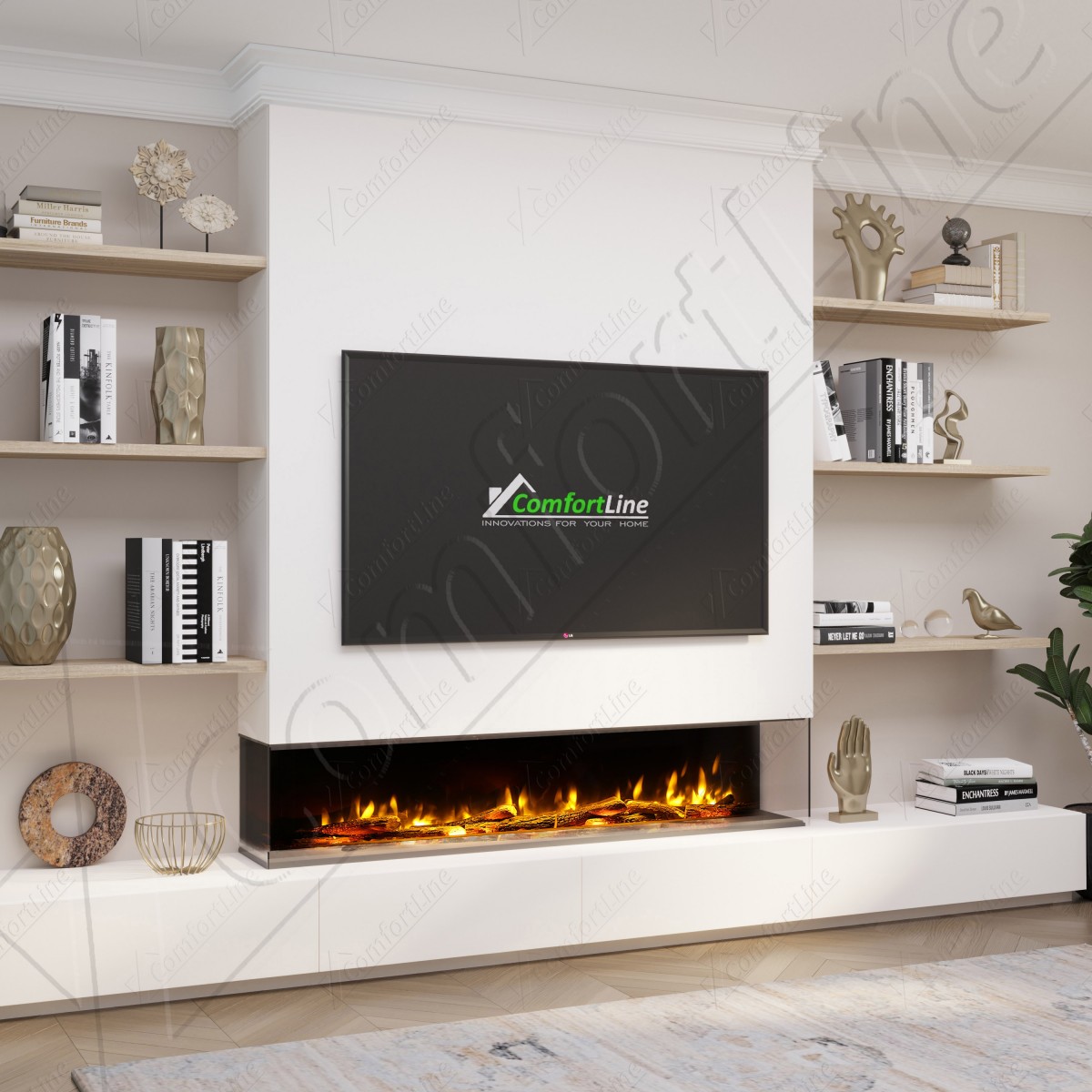
Yes, many electric fireplaces can effectively heat large rooms, but it's important to choose a model with the appropriate wattage for your space.
Electric fireplaces require minimal maintenance, mainly consisting of occasional dusting and checking the electrical connections.
Electric fireplaces are generally economical, but like any electric heater, they will increase electricity usage. However, they can be cost-effective when used as supplementary heating.